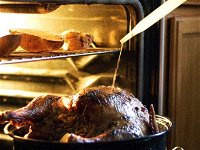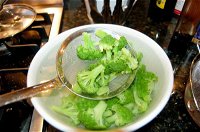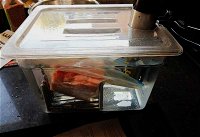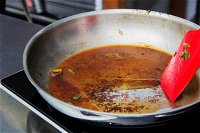
Dinner is Served Trivia Quiz
Photos of Cooking Techniques
The recipes we follow will occasionally call for a particular cooking technique. Don't panic! Take a look at these twelve cooking techniques in action! (Click the photos to get a closer look!)
by trident.
Estimated time: 3 mins.











